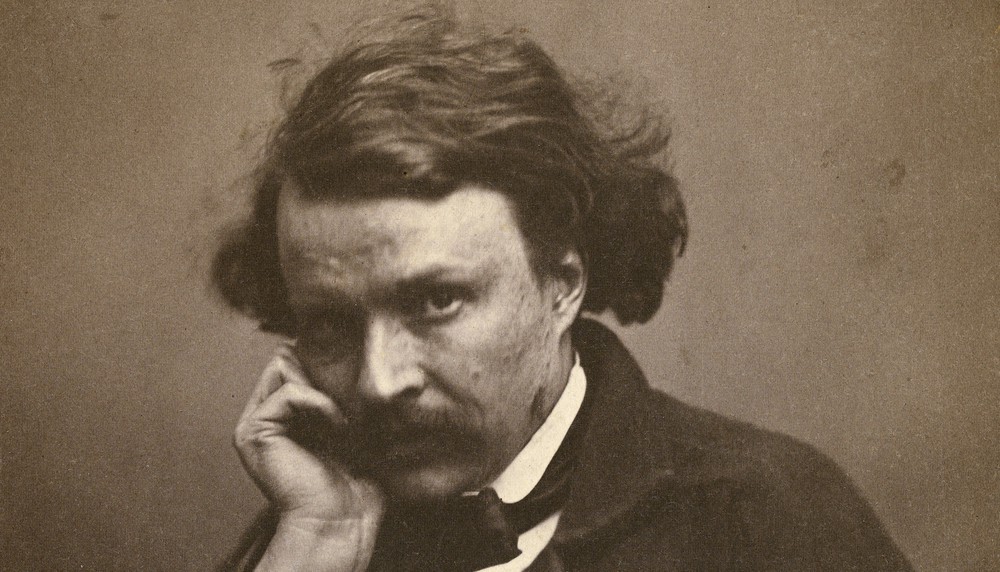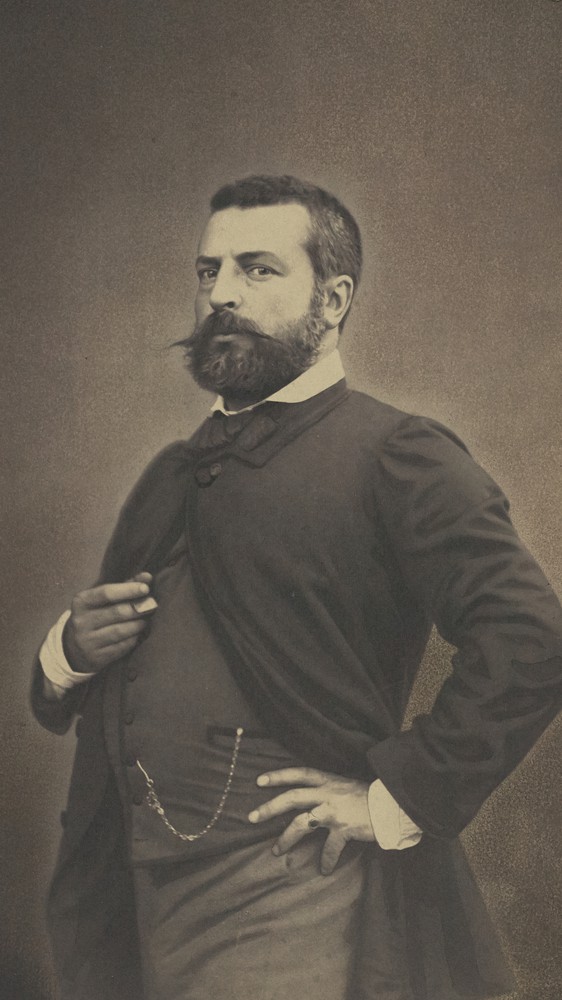Modernism
What is considered “Modern” art spans from around the 1860s to the 1970s and is a sort-of umbrella term that encompasses various movements. Overall, Modernism represented a break with the past, and its conservative, Victorian ideals. The invention and spread of photography challenged painting and sculptures’ claim to realism leading artists to increased abstraction and experimentation with form, color, and line. Modernists were interested in a more active, interpretive experience for the viewer, due in part to the attention Freud’s Theory of the Subconscious called to the roles symbolism and individual perception play in constructing reality. Individualism and experimentation overtook idealized realism, paving the way for abstraction to flourish.
Editorial (37)

Copenhagen’s Glorious Mess of Movements and Manifestos
(Want to explore other “Artropolises”? Check out our series.)

Modernism’s Romeo & Juliet
This month, we’ll be featuring Summer of Love, a four-part series on artists who painted the same individual—over and over a…

Was Nadar His Time’s “Most Interesting Man in the World”?
Gaspard-Félix Tournachon, also known as Nadar (more on that later), wasn’t a Renaissance man, per se. But in his 90 years (1…
Artists (147)

Raymond McIntyre
New Zealander, 1879–1933
Mina Arndt
New Zealander, 1885–1926
Fred Holland Day
American, 1864–1933Playlists (95)



Degenerate Art: Curated Picks


